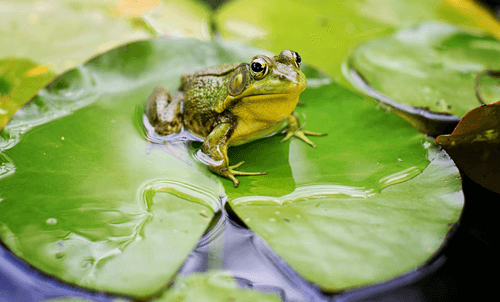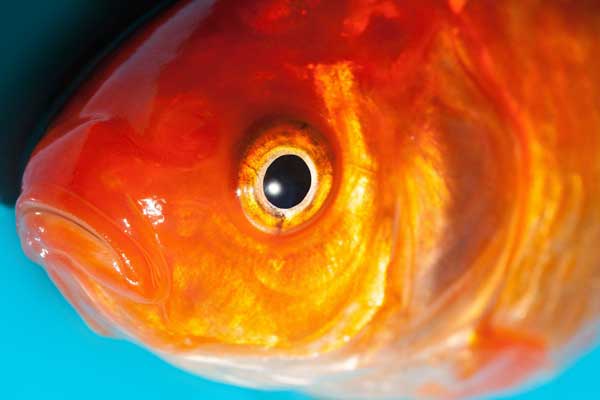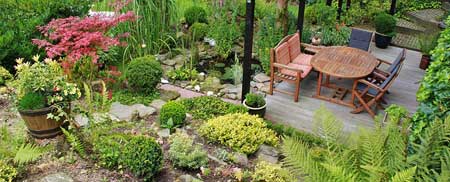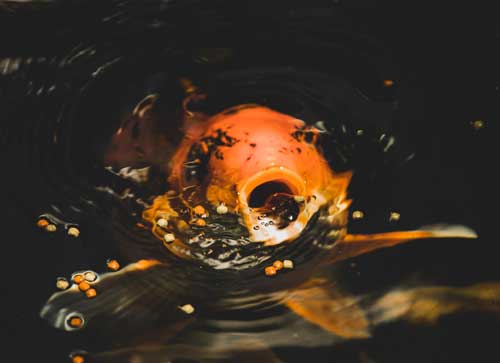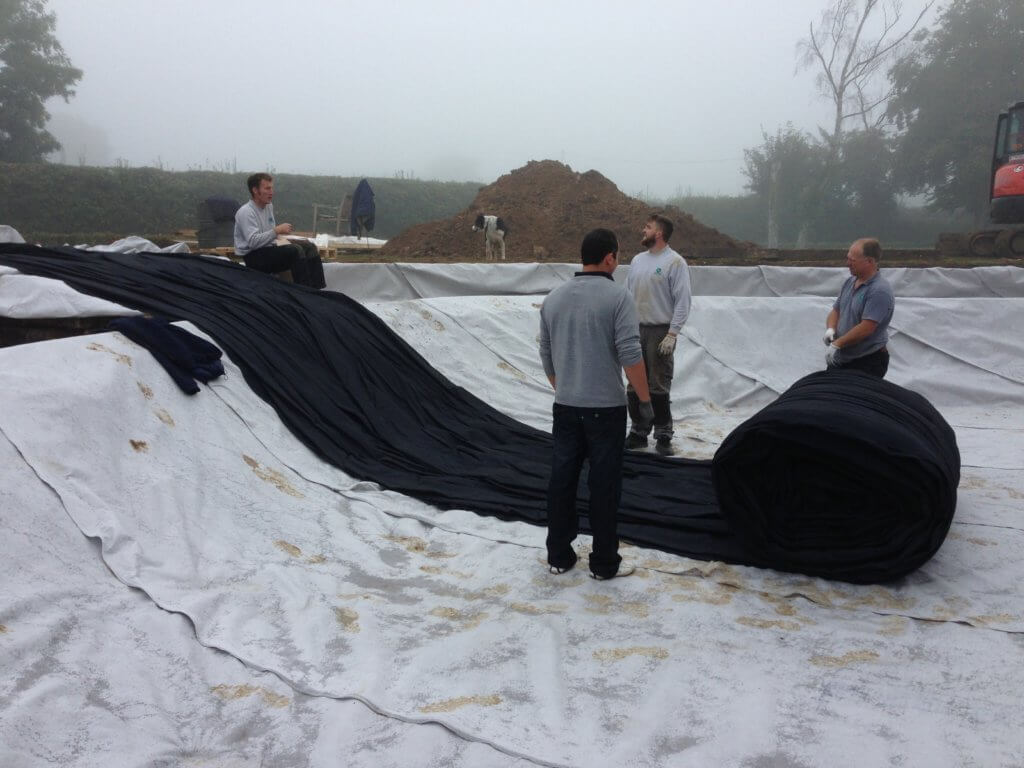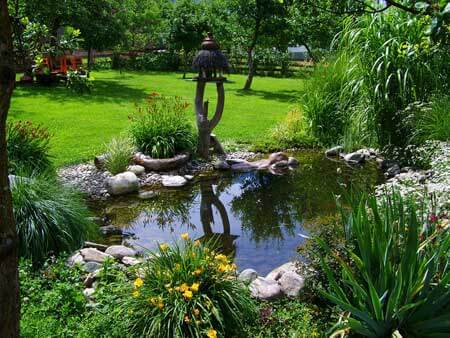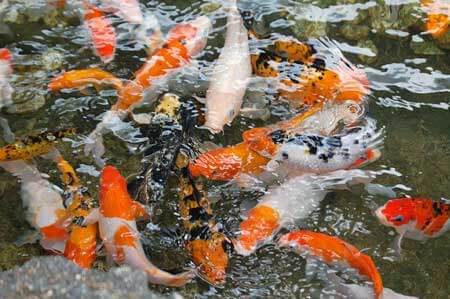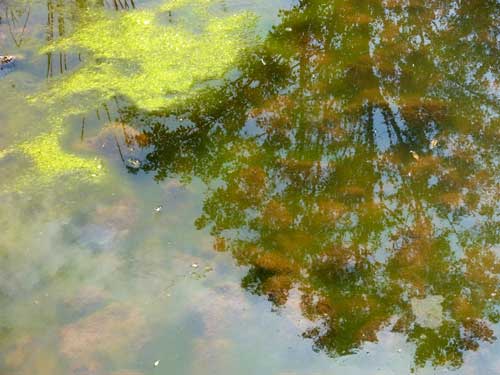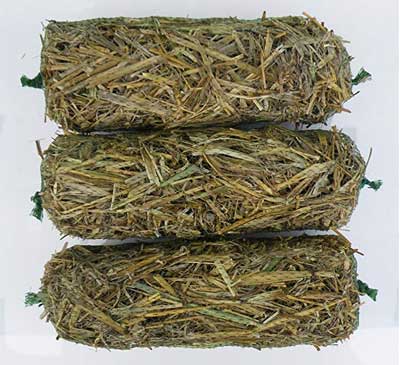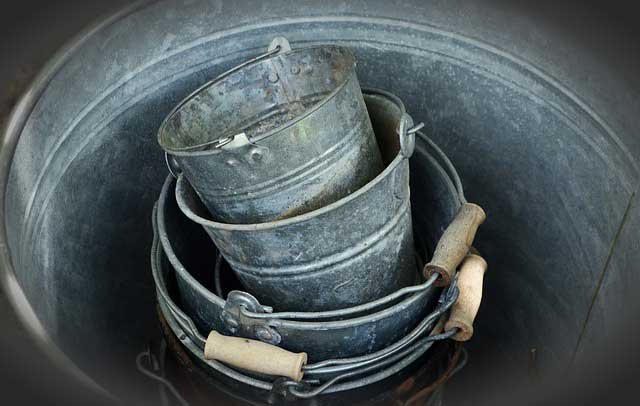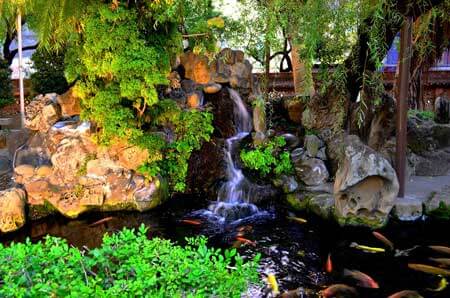Knowing how much pond liner you need will save your budget (and time!) – too big or too small is wasted money. Calculating how much material you need is dependent on accurate measurements of your pond build. You will need these to add into a liner calculator which will take your measurements to determine the amount of pond liner and protective underlay you will need to order. So, let me take you through how to calculate how much material you need.
Pond liners offer greater flexibility in pond design allowing you carte blanche in creativity. However, the further you move away from the traditional rectangular or circular pond shape the more you need to understand how to take measurements. With all measurements remember to add in a little extra for an overlay (visit ‘Pond planning and construction‘ for more information).
How to take measurements of your pond 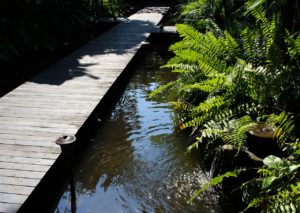
- Measure the longest length
- Measure the widest width
- Measure the depth from the deepest area of your pond
Now, add one side (Length or Width) to two times the depth plus amount needed for the overlap (0.15m). The depth of the pond needs to be multiplied by two because the pond liner needs to go down one side of the pond and back up the other side.
How much of an overlay or overlap to add into your calculation really depends on how you plan to fix your pond liner in place. So, increase or decrease the amount of overlay depending on installation and edging method. I have used an overlay of 0.15m in my example calculations.
The pond liner calculation will look like this:
- Maximum length + (2 x depth) +2 x 0.15m overlap = Total Length of Liner
- Maximum width + (2 x depth) + 2 x 0.15m overlap = Total Width of Liner
Multiplying the depth by 2 accounts for the depth on both sides of the pond. And, the same applies to the overlay. Planting shelves in your pond design don’t need to be accounted for as they won’t significantly affect the pond measurements.
The size of pond liner required can be calculated as: Maximum length + (2 x maximum depth of pond) x maximum width + (2 x maximum depth) with the overlay added into the length and width pond measurements. Or, take each measurement and use a pond liner calculator to do the calculation for you.
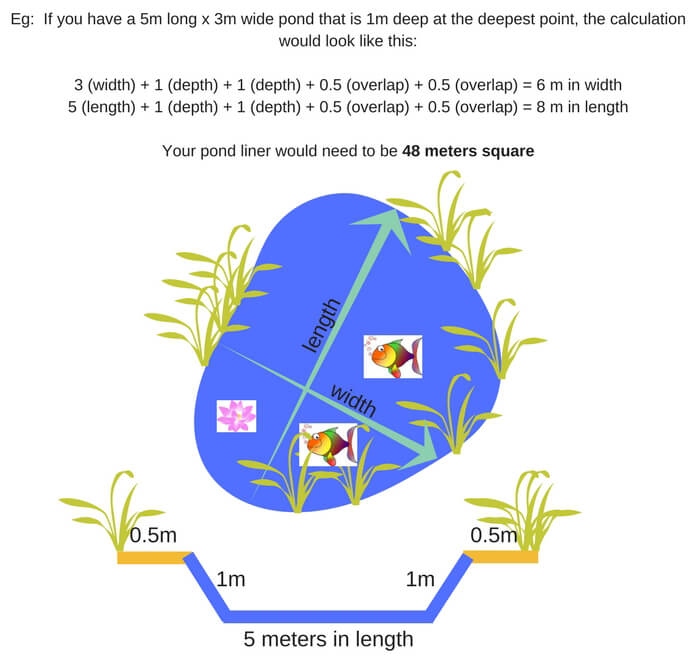
Pond liner measurements for an L or U-shaped pond
For more complex pond designs such as an L-shaped or U-shaped pond, the easiest way to take measurements is to divide the pond into sections. So for an L-shape you would measure as a square + rectangle. The depth where the two liners will meet only needs to be added into the calculation once.
Or, calculate as a whole shape:
- Measure the maximum depth
- Measure the length of the two outer longest sides of the pond.
- Multiply the maximum depth measurement by three and add it to the two longest lengths of your pond to get pond liner dimensions required.
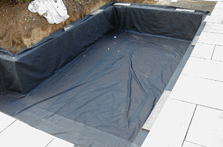
Ponds with an island or raised plinth:
- Measure the maximum depth of pond and multiply this by four,
- Measure length and width of pond
- 4 x maximum depth + length x width = pond dimension
Filling your pond
When you start filling your pond with water, watch to make sure your liner isn’t being pulled out of shape. Once your pond has been filled, allow the liner settle for a while before making any adjustments to get it as flush to the shape of your pond as possible
You will need at least 150 to 200mm of excess pond liner for the over lay. Any excess for your edging requirements, can now be trimmed and neatened before anchor in place with boulders, paving slabs or other chosen edging material.
Use our pond liner size Calculator to get the pond liner and underlay measurements you need to order for your pond design. For L-shape and ponds with a plinth you may want to discuss these with our pond experts first. You can phone us at Liners Online on 01526 399 033 for all your pond liner queries.
